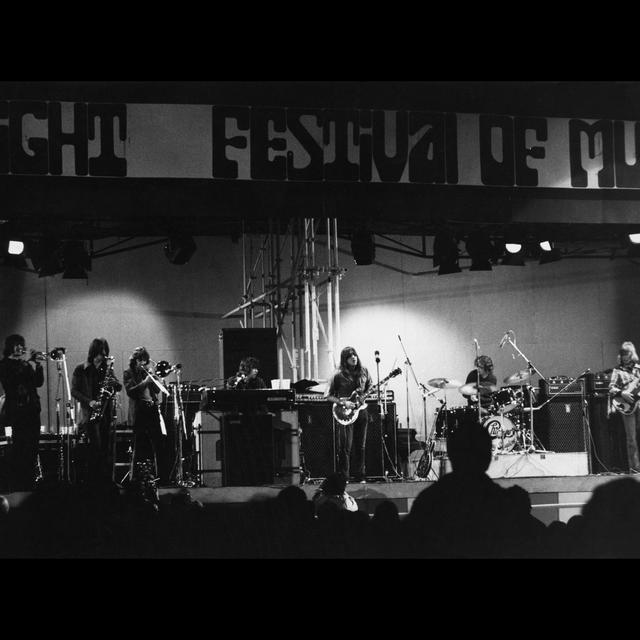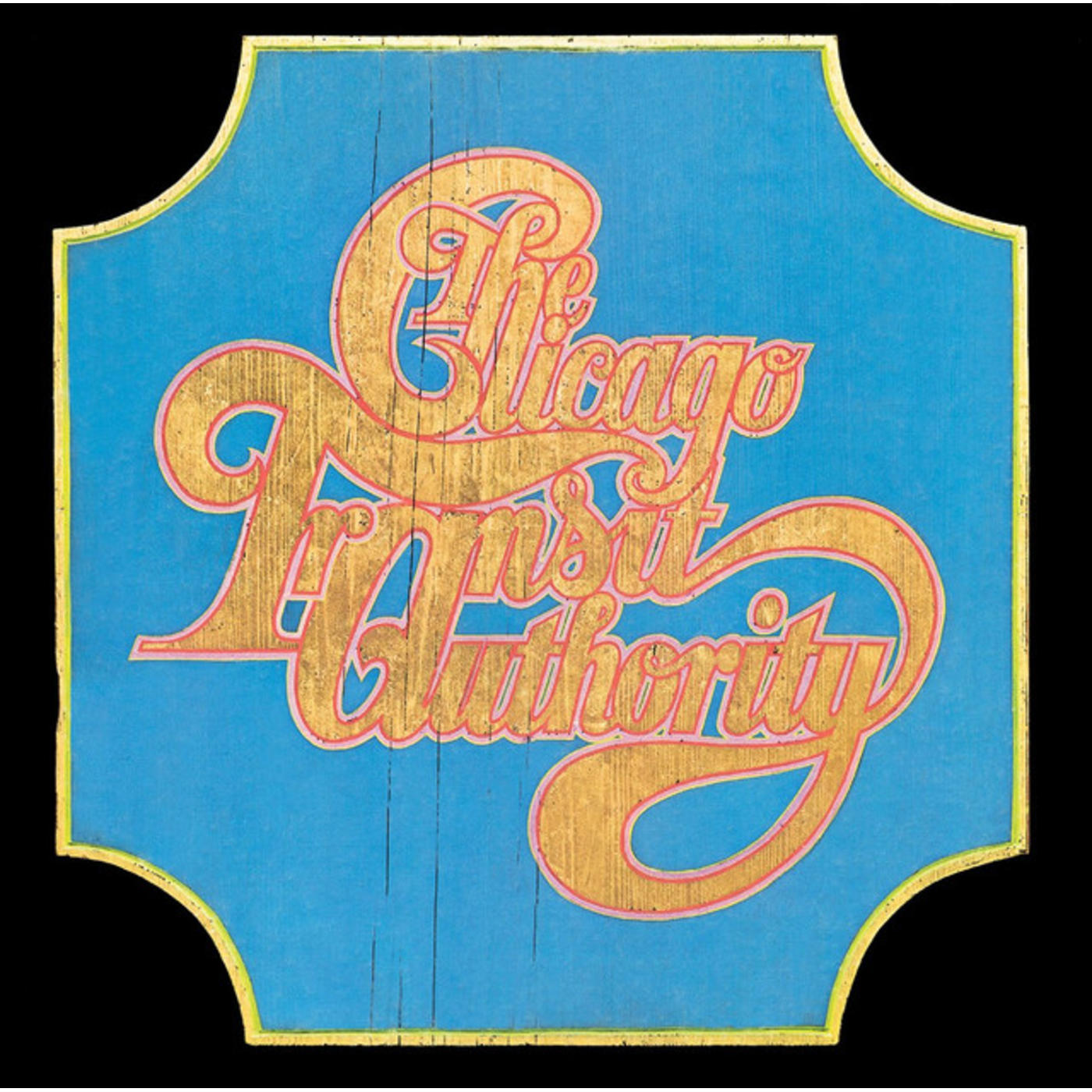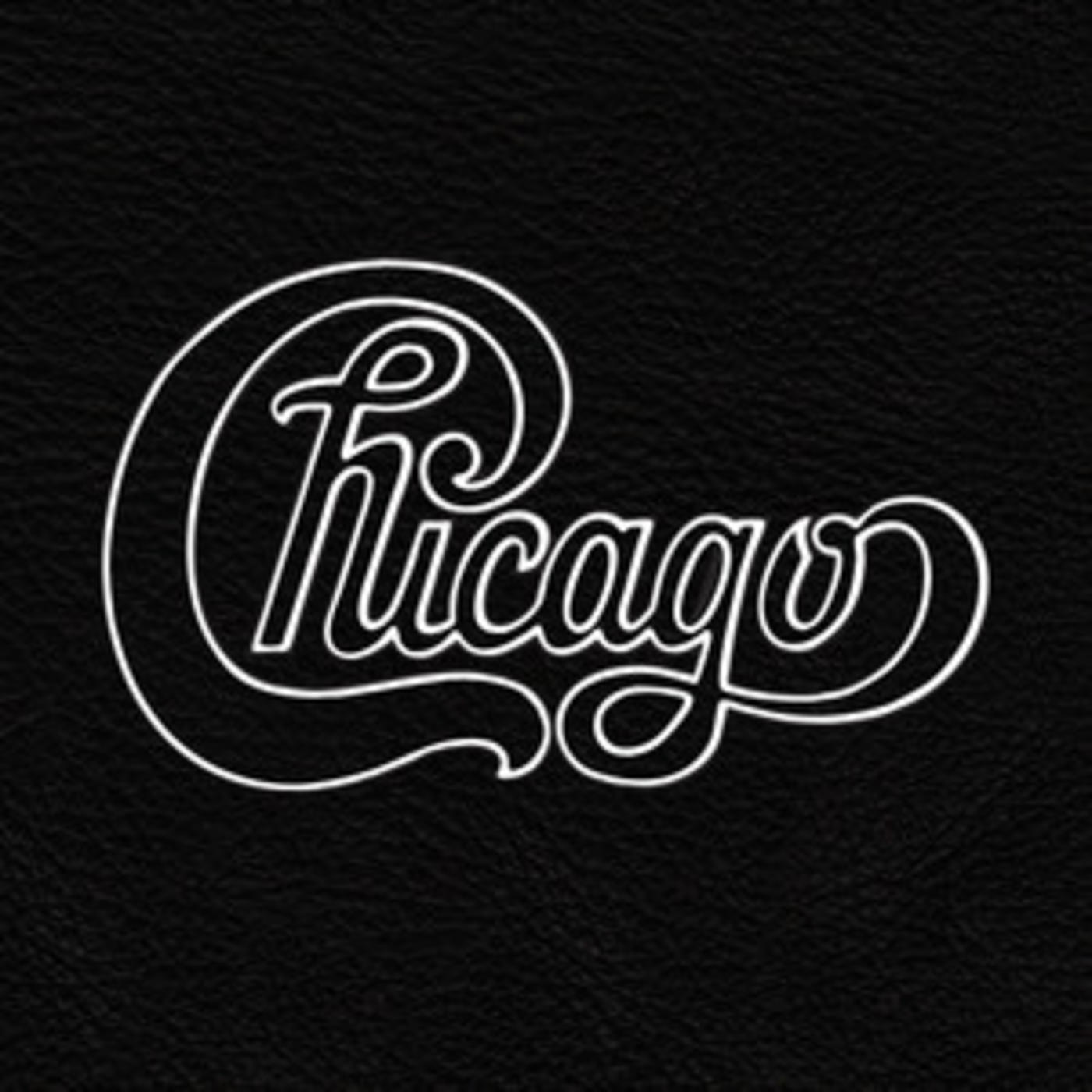Rhino Galleries - Chicago

Some bands dazzle with star power, others with sheer, brutalizing volume. Still others with staggering, stadium-sized bravado. Then there’s Chicago, a group that has held audiences in thrall for over 35 years purely through the power of music. From their early days as rock’s first horn-driven group, to their ’80s MTV success, to their continued status as a perennial concert attraction, Chicago has come to define not only top-flight musicianship but endurance and the ability to survive.
Originally called The Big Thing, the group came together around the then-novel idea of combining rock ’n’ roll with horns and jazz flourishes. The unique sound of the original lineup—Robert Lamm (keyboards, vocals), Lee Loughnane (trumpet), Walter Parazaider (saxophone), James Pankow (trombone), Terry Kath (guitar, vocals), Peter Cetera (bass, vocals), and Danny Seraphine (drums)—quickly garnered attention in the Midwest. Renamed The Chicago Transit Authority by then-manager James Guercio (and shortened to “Chicago” the following year), the band found itself signed to Columbia in 1969.
Their eponymous debut album The Chicago Transit Authority followed later that year, but it was 1970’s Chicago II that established the group’s trademark balancing act of experimentation (“25 Or 6 To 4”) and radio-ready pop charm (“Make Me Smile”) —it also began their tradition of sequentially numbered albums. From 1970 to 1977, Chicago released 10 albums, scoring numerous hits and FM-radio standards, as well as evolving into one of the top concert attractions in the world. This remarkable hit streak included five consecutive #1 albums (Chicago V to IX). And though their flights of jazz fancy lessened as the years went on, the group remained committed to a philosophy of “the music first.” There were no “faces” in Chicago; the only visual constant associated with the group was their instantly recognizable logo.
As the ’70s wound down, Chicago’s relationship with Guercio came to a finish. The death of virtuoso guitarist Terry Kath in 1978 was an even more serious blow; new member Donnie Dacus stepped up to the plate for Hot Streets (1978) and Chicago 13 (1979), but it was not until guitarist/keyboardist Bill Champlin replaced him in 1981 that the old magic was back. The group signed a new mega-deal with Warner Bros., and in 1982 their first record for the new label, Chicago 16, proved they were still capable of cranking out hits (“Hard To Say I’m Sorry”).
In 1984, the band released Chicago 17, which inaugurated an era where balladry took center stage. The album was a huge seller, scoring Chicago a new generation of fans via several major MTV hits (“Stay The Night,” “You’re The Inspiration,” “Hard Habit To Break”). When Cetera quit the group in ’85 to pursue a solo career, Chicago soldiered on, adding vocalist/bassist Jason Scheff to the mix—and two hit albums followed: Chicago 18 (1986) and Chicago 19 (1988), the latter featuring the #1 smash “Look Away.”
Today, Chicago continues to be a solid draw on the concert circuit around the world. One of the most popular American rock bands of all time, with over 40 gold, platinum, and multiplatinum albums and more than 120 million records sold, Chicago only seems to grow “stronger every day.”


